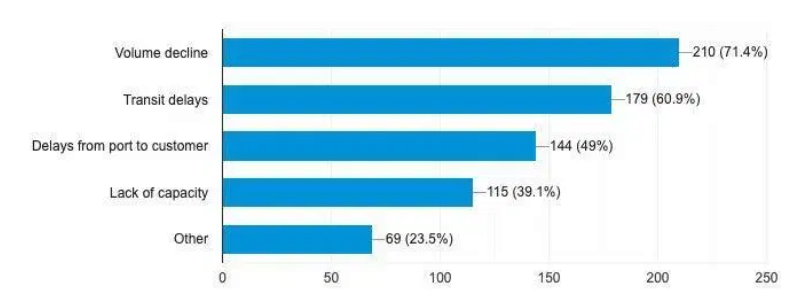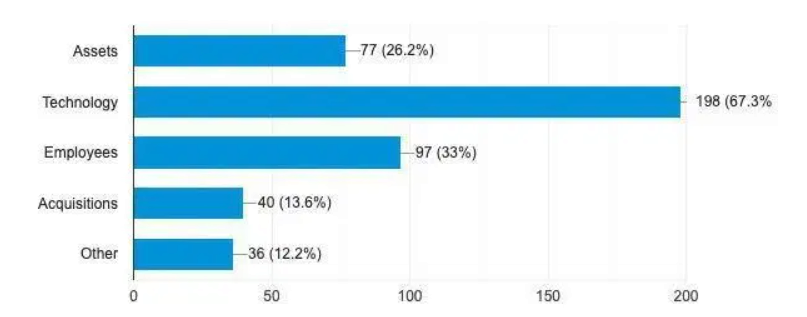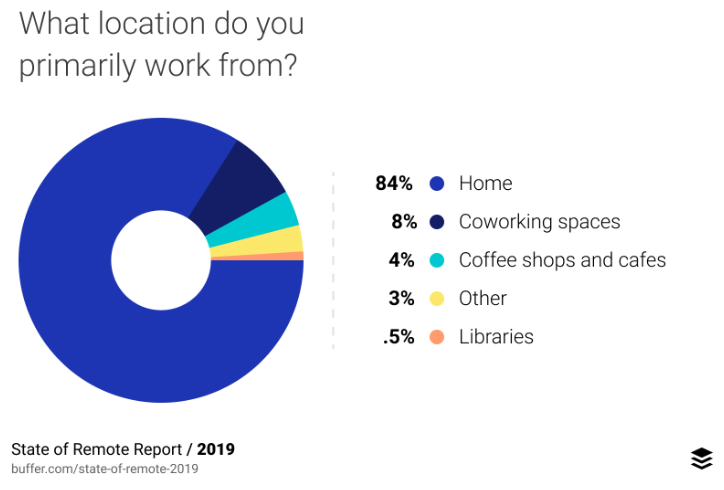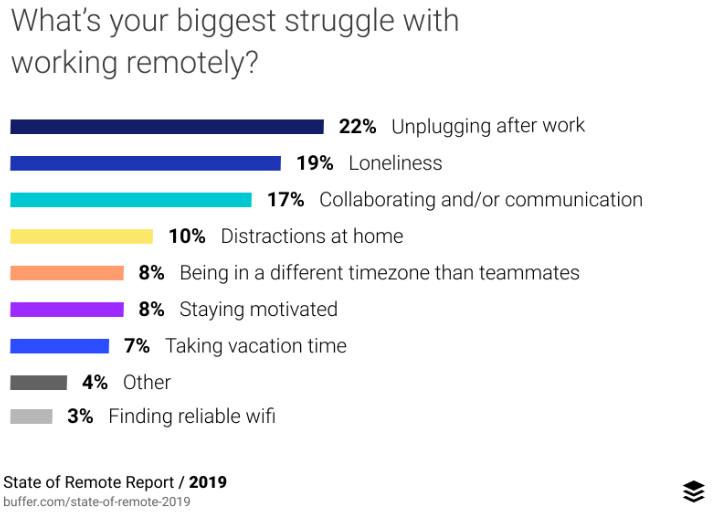
The coronavirus has impacted economies and lives around the world. Businesses have had to pivot their strategies, policies, and offerings to stay in business. Managers have had to adapt their approaches to lead teams remotely. What are some of the business impacts of COVID-19, and what can be learned from them? This article explores the impact of COVID-19 on supply chains and remote working specifically.
Supply Chains
Before the coronavirus, did you ever have a difficult time finding toilet paper or hand sanitizer in stores or online? Since the pandemic began in Wuhan, China, supply and demand for products around the world have experienced tremendous movement. While individuals have had to deal with limited supply of household products, many business leaders have had to manage significant disruptions to their supply chains and operations.
COVID-19’s impact on supply chains
A February report from Dun & Bradstreet, a commercial data and insights corporation, notes that supply chains around the world were impacted by the coronavirus outbreak early on, when it was fairly limited to China. For example: “At least 51,000 (163 Fortune 1000) companies around the world have one or more direct or Tier 1 suppliers in the impacted region, and at least five million companies (938 Fortune 1000) around the world have one or more Tier 2 suppliers in the impacted region.”
This was just the beginning.
A survey conducted by Shipping and Freight Resource, a shipping and freight news and content outlet, asked 300 professionals around the world about the impact of COVID-19 on their supply chains. According to survey results, nearly 59% of respondents said their operations were “significantly affected” by the coronavirus. Some of the factors impacting supply chains, as noted by Shipping and Freight Resource’s survey, include: decline in volume (71%), delays in transit (61%), port to customer delays (49%) and insufficient capacity (39%).

When asked about their supply chain adaptability, 37% of respondents identified with “Partial supply chain shut down with significant freight delays.” Only about 14% of respondents identified with “Supply chain has been able to adapt with no problem.”

The impact of COVID-19 has greatly tested supply chain’s adaptability and resilience. Some businesses were better prepared to manage the operational disruptions caused by the coronavirus. Others pivoted their operations to accommodate rising demand for products. For example, Bacardi helped produce hand sanitizer, New Balance started making masks, and Volkswagen produced personal protective equipment for medical workers.
The future of supply chains
When asked how prepared they were for the COVID-19 crisis, about 35% of Shipping and Freight Resource’s survey respondents said they were “not at all prepared,” while roughly 54% said they were “somewhat prepared.” Only 7.5% of survey respondents felt “completely prepared.”
In response to COVID-19 operational disruptions, supply chains must become more agile. Adopting cloud-based technology is a big opportunity for businesses to improve their supply chains and prepare for future disasters. In fact, roughly 67% of Shipping and Freight Resource’s survey respondents noted that they’d invest in technology to aid the recovery of their supply chain.

Bain & Company, a global management consulting firm, cites the long-term importance of supply chain resilience in dealing with disruption and risk. Some of the ways it suggests leaders build resilient supply chains include empowering their teams and improving network flexibility. Supply chains can also become more resilient by:
- Shifting from a just-in-time to just-in-case supply chain model
- Developing buffers and redundancies by increasing back-up inventory levels
- Adopting new technologies, like cloud-based systems, artificial intelligence, and automation
Remote Work
According to Gallup, a management consulting and analytics company, 43% of American workers worked off-site at least sometimes in 2016. Based on April data, Gallup reports that 62% of American workers worked from home due to coronavirus concerns.
Many companies offered remote working options before COVID-19, but others didn’t. How has COVID-19 impacted remote working? How have businesses adapted to a remote working environment? How might work-from-home life affect individuals’ well-being?
COVID-19’s impact on remote work
Buffer, a social media management software provider, produced a “State of Remote Work 2019” report after surveying 2,500 remote workers. It found that, when working remotely, 84% of employees mainly work from their homes. However, some also worked from coffee shops and cafes (4%), coworking spaces (8%) and libraries (0.5%). Stay-at-home orders and safety precautions have changed where individuals are able to telework.

The coronavirus has also changed how individuals telework. Digital workplace tools, like Zoom, Slack and Microsoft Teams have become the new office hallways and meeting rooms. Use of these digital platforms has grown exponentially. For example, Zoom reports that in December 2019, the maximum number of daily participants was roughly 10 million. In April 2020, Zoom announced it had more than 300 million daily participants.
The impact of COVID-19 has also extended to team management. For many business leaders, COVID-19 has prompted their first remote management experience. An analysis from Gartner, a global research company, found that 16% of employers are more frequently using technology to monitor their employees. Adopting new management practices to check in on employees, maintain communication, and foster employee engagement are all challenges leaders have faced.
The future of remote work
Remote work used to be considered a nice-to-have office perk, but social distancing has made it the norm. It’s possible that the remote working will continue long after the COVID-19 pandemic has ended. To adjust to this change, businesses will need individuals with agile leadership and management skills.
The future of remote work may also require that companies find creative ways to prioritize employees’ mental health. In its 2019 remote work report, Buffer notes that remote workers have a difficult time stepping away from their work. When asked about the most difficult part about working remotely, 22% of Buffer’s respondents chose “unplugging after work.” Additionally, 19% said they struggle with loneliness.

As many companies had to decrease costs by firing or furloughing employees, automation could be a workplace trend spurred by the coronavirus. Another trend could be employers reimbursing remote employees for some of their work-related expenses. Especially if some companies choose to go 100% online, employees could make a strong case for reimbursement of home office utilities, such as WiFi, and supplies, such as standup desks.
Enroll in our fully online course, Managing in the Global Digital Economy.
To learn more about this course, head over to the course page.



